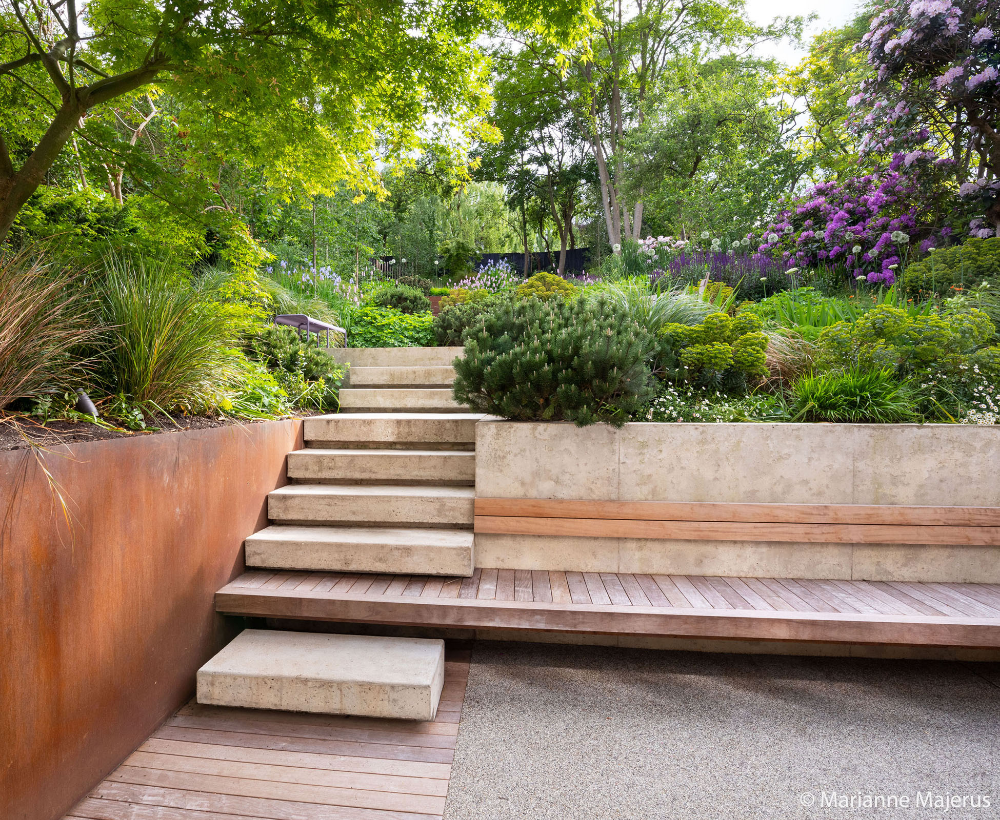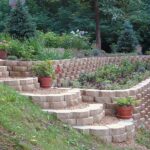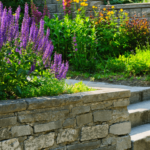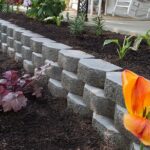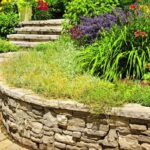A garden retaining wall is a structure that is built to prevent erosion and provide support for soil on sloped landscapes. Retaining walls can also add visual interest to a garden and create defined spaces for planting. There are many different materials that can be used for constructing retaining walls, including concrete, stone, brick, and wood.
One of the key benefits of a garden retaining wall is its ability to prevent soil erosion. Without a retaining wall, soil on a slope can easily wash away during heavy rain or irrigation. This can lead to a loss of nutrients in the soil and may cause damage to surrounding plants. By providing support to the soil, a retaining wall helps to keep it in place and maintain the health of the garden.
In addition to erosion control, retaining walls can also create level terraces in a sloped garden. This allows for easier maintenance and planting, as well as increased accessibility. Retaining walls can also be used to define different areas of the garden, such as a seating area, flower bed, or vegetable patch. This can help to create a more organized and aesthetically pleasing landscape.
When choosing materials for a garden retaining wall, it is important to consider the overall design of the garden and the desired aesthetic. Concrete retaining walls are a popular choice due to their durability and strength. Stone retaining walls can add a natural and rustic look to the garden, while brick walls offer a more traditional appearance. Wood retaining walls are often used in more informal garden settings.
Proper installation of a garden retaining wall is crucial to its effectiveness and longevity. It is important to ensure that the wall is built on a stable foundation and is properly drained to prevent water buildup behind the wall. Additionally, the height and angle of the wall should be carefully planned to ensure maximum stability and support for the soil.
Overall, a garden retaining wall can be a valuable addition to any landscape, providing erosion control, creating level terraces, and adding visual interest to the garden. By carefully choosing materials and properly installing the wall, homeowners can enjoy the many benefits of a retaining wall for years to come.
